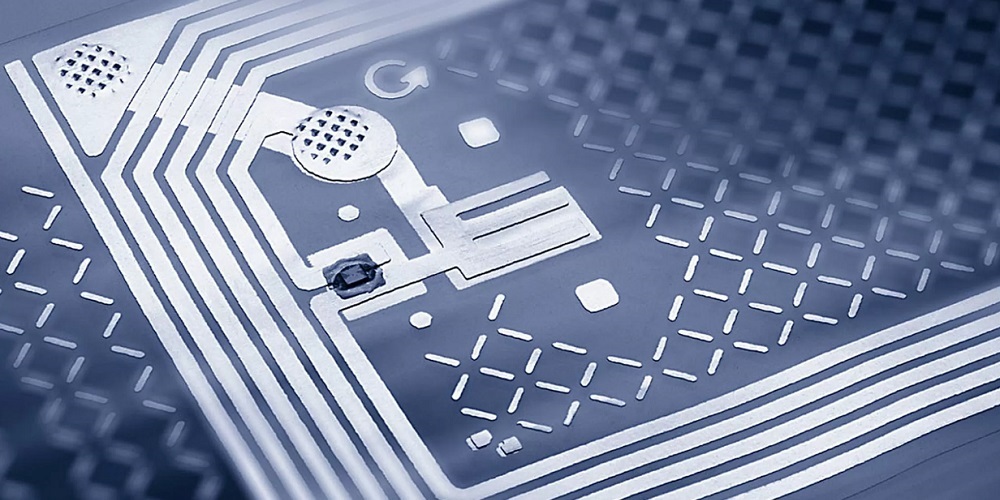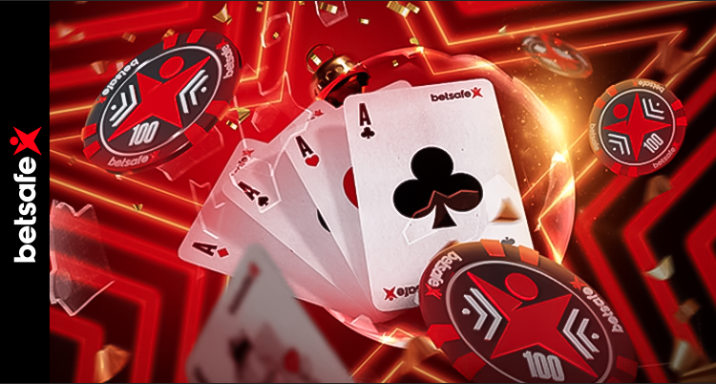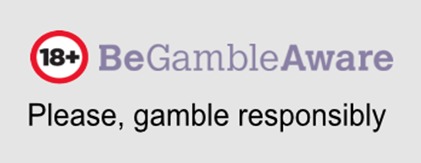

PokerGFX: what it is and how it can combat security vulnerabilities

PokerGFX is one of the most widely used
programs for capturing the graphics of poker games during broadcasts around the
world. It is used in the vast majority of live broadcasts and its use
has become standardized due to the clarity of its interface and for being a
widely accepted solution within the audiovisual sector focused on poker
content.
Andrew Milner is one of the figures who has closely followed the evolution of PokerGFX since its creation, since he is one of the main responsible for creating it and making it grow to what it is today.
What is PokerGFX?

Almost every poker table that is televised
features PokerGFX. Poker streamings have become a window into the world
of elite poker competitions for millions of fans looking to follow the results.
This program, developed by Milner himself,
serves to create a standardized formula to ensure that graphics are
represented in a uniform way across all poker streams, making content cohesive
and avoiding a sense of "lostness" among viewers.
As the lead developer of one of the most
popular programs in poker broadcasting, Milner is an authoritative voice on the
potential security issues that can exist during a live broadcast, and
how using the right software can help create a barrier to prevent that breach
from compromising the stability of the broadcast and the competition itself.
Milner explains that if you run a poker room or
are in charge of a casino, racetrack or event that hosts televised or streamed
games, RFID technology is likely to be in place. But there are many
myths and half-truths surrounding poker streaming.
RFID is a very developed, very mature technology, with a long way to go. It is the technology that enables, for example, contactless payments, card reading in public transport and is responsible for maintaining the integrity of the stream. But what are the real possibilities of RFID technology in a broadcast poker event?
How RFID technology works in a live poker event

One of the first things to know is that, in a
live poker event, the maximum reading range is between 8 and 10 centimeters.
RFID technology relies on high frequency HF chips that combine with the
copper trace antenna embedded inside each card to give a read range of 8 to 10
centimeters. The size or power of the reader does not matter: it is impossible
to read the cards from any distance greater than 8 - 10 centimeters.
The RFID technology used by PokerGFX also makes
it impossible to determine the order of the cards in the deck,
guaranteeing randomness. Each of the chips can only be read in small
quantities, 4, 5 or 6 maximum, when stacked.
It is impossible with this technology to scan a
full deck of cards, let alone determine what position the cards are in the
deck. Trying to know which card will be on the turn or river is impossible,
so the security is maximum when it comes to guaranteeing fair and safe play.
These are just a few examples of how the development of a mature technology such as RFID has made it possible to set new security standards in the field of online streams of poker events.
Trustless Security: Milner's next step in security development

A streamed poker event always has a delay, a
delay between the actual moment when the events take place and when the viewer
sees it. In the case of PokerGFX, the idea is to take advantage of the time
lapse (a lag that can range from 15 minutes to several hours) to implement
what Milner himself has called Trustless Security, which would allow, instead
of converting RFID data into graphics in real time, to do the conversion when
the security delay period passes, just before the audience sees it.
To understand this, you need to know that the
graphics are generated in retrospect. They will not be available to the
production team, and players will not need to scan the cards into the
readers until the hand is almost over. Despite this, the cards will still
appear on the charts at the beginning, when viewers start watching the event at
home.
This gives players the guarantee that it will
be impossible to create a security breach on that side as well, making the Trustless
Security system ideal to be implemented in all types of poker broadcasts.
You may also like

The Best Online Poker Apps
Top 5 free poker applications We know that the best way to play online poker is from your laptop,nervertheless, nowadays we use more often our cell phones and our tablets to access the contents of...

Poker simulator: examples, how they work and level of effectiveness
We call simulator to any computer program created to simulate a situation in which the user can perform believing that he/she is in a real situation, but which is more benevolent in case of error b...

How to be a poker grinder: key tips
We can't deny it. Poker is one of those games that generate a feeling of adrenaline that makes you not want to leave the green carpet. Risk is inherent in poker and, if you manage to enjoy it, poke...













